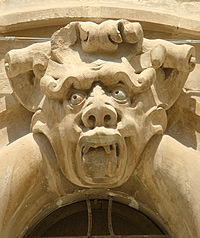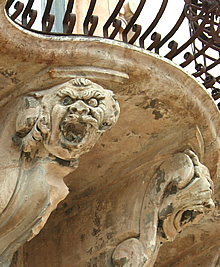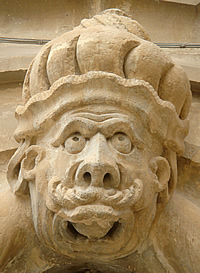

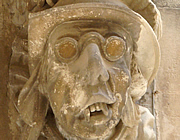
The Sicilian Baroque architecture in some lovely towns in the south east of the island is not too extreme (Baroque is not my favourite style), and I loved the grotesques and the Montalbano connections!
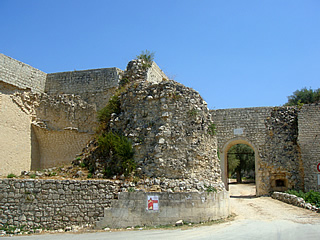
Val di Noto is an area of south east Sicily renowned for its Baroque towns, many on a UNESCO World Heritage list. It is also, more interestingly for me as I'm not keen on most baroque, the location of filming for the Italian TV series Inspector Montalbano of which we are big fans!
After the huge earthquake of 1693 many towns were rebuilt incorporating a particularly Sicilian style of Baroque, not so overblown as elsewhere and with a preponderance of humourous grotesques. Baroque, in general, does not appeal to me but I found much to like in these Sicilian towns and their own version of the style, especially the grotesques.
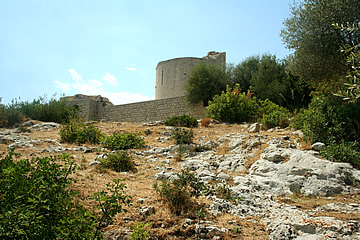
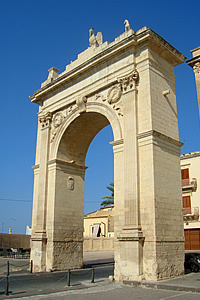
Noto is case in point. The town was rebuilt close to the earthquake-ruined old town about 30 km south of Syracuse mear the coast. The hilltop ruins of Noto Antica can still be reached through a restored arched entrance and what was once a wide street which leads to Castello Reale, an eleventh century fortification which was expanded and modernised over the centuries until it too succumbed to the earthquake.
The new town was built in the valley below and is regarded as the most beautiful of the area's Baroque towns.
A fine entrance arch, the Porto Reale, built in 1838 to honour the Bourbon King Ferdinand II's visit, is a bold testament to the pride of the people for their new town.
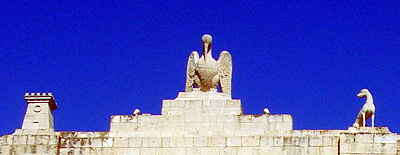
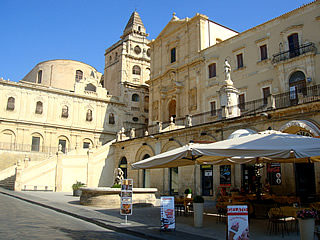
It leads to a wide main street, corso Vittorio Emanuele, lined with honey-coloured civic buildings and churches interspersed with small cafes and shops. Off the main street are a grid of cross-streets where the balconies of Baroque palazzos overhang the pavements.
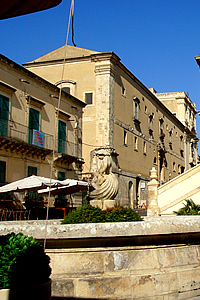
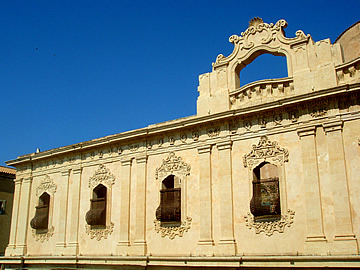
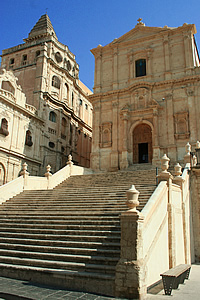
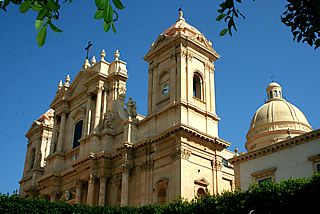
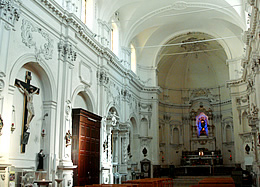
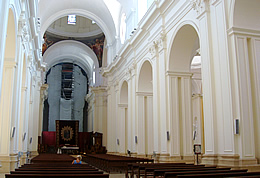
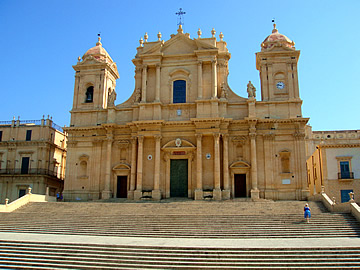
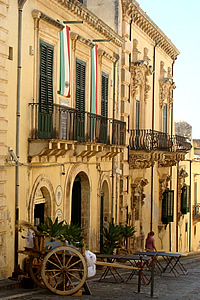
The imposing cathedral is reached by a magnificent wide flight of steps. It was completed in 1776, taking over seventy years to build, so that classical elements were also incorporated amongst the baroque. Like many of Noto's buildings it suffered in a major earthquake in 1990 (the cathedral website has images of the extent of the damage). Many cracks appeared and the dome eventually collapsed in 1996. The baroque interior decoration was destroyed at the same time and it is now very plain.
Opposite the cathedral is the Palazzo Duceizo, Noto's Town Hall. Built in 1776 it is remarkably restrained in style, even for Sicilian baroque, partly due to the upper floor, designed in the 19th century but added only in 1951.
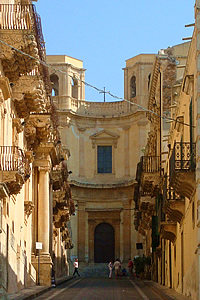
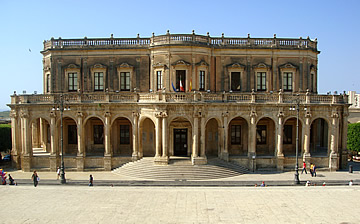
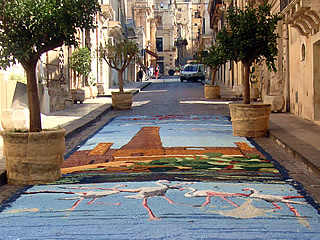
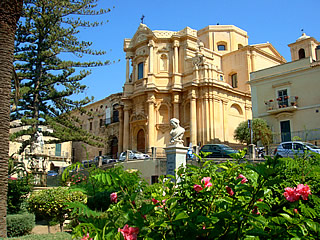
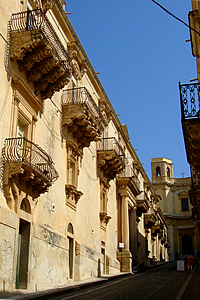
The Palazzo Nicolaci is a fabulous example of the Sicilian baroque love of grotesques. All of the wrought iron balconies along its front facade are supported by weird and wonderful sculptures. Leafy sculptured brackets and window decoration also hide grotesque faces.
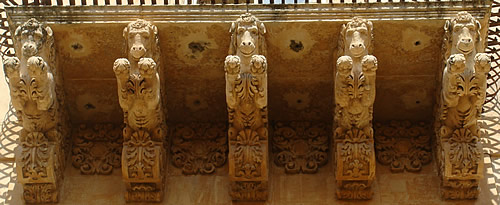

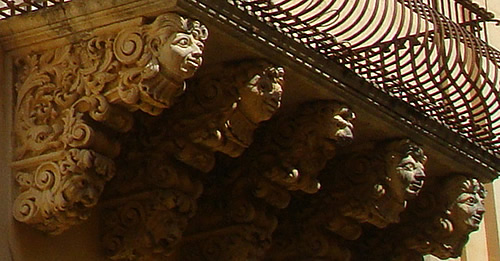
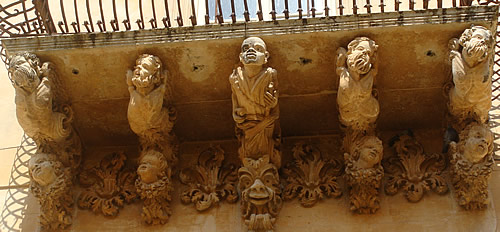
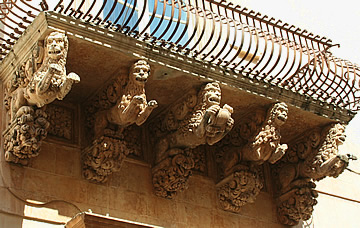
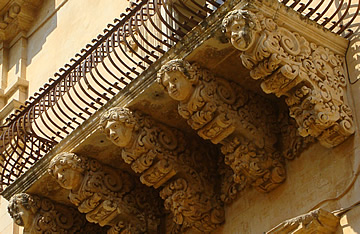

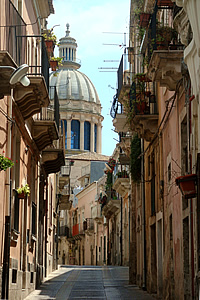
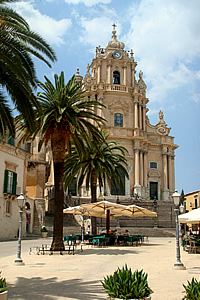
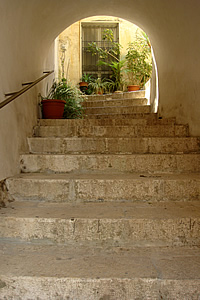
About 30 km west of Noto, ancient Ragusa Ibla lies across a gorge from the newer town of Ragusa Superiore, which itself has examples of baroque including the Cattedrale di San Giovanni Battista. Climbing through a tangle of cool, narrow streets we approached the Piazza del Duomo, dominated, not surprisingly, by the Duomo di San Giorgio. Anyone who watches the Italian TV Inspector Montalbano series will recognise it!
The baroque San Giorgio was completed in 1820 with a huge neoclassical dome and sits at the very top of the town, keeping an eye on the goings-on of the inhabitants.
There are fine buildings, restaurants and cafes around the piazza as well as, in the streets around, more than one crumbling baroque palazzo with fine grotesques.
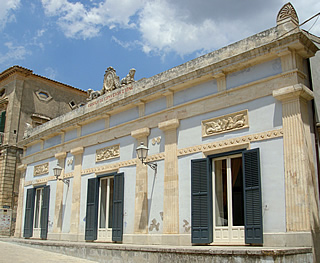
On the south side of the square is a very unusual building, the neo-classical Circolo di Conversazione. This purpose-built club, where nobles would come to socialise, has an Egyptian look. It was built in the mid-nineteenth century when European exploration of Egypt was bringing back artefacts and photographs of a hitherto unknown world and generating a fashion for Egyptian style which lasted well into the twentieth century (see e.g. Art Deco London).
We had lunch at the Ristorante Il Barocco which has an interesting stone interior incorporating former stables. We had very good local pasta and red wine here.
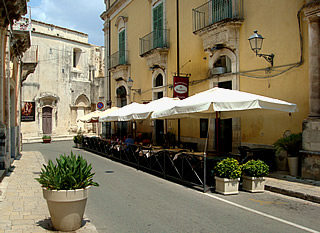
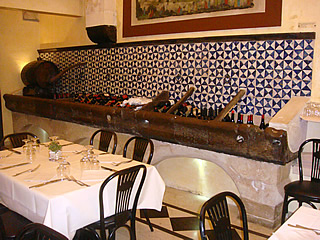
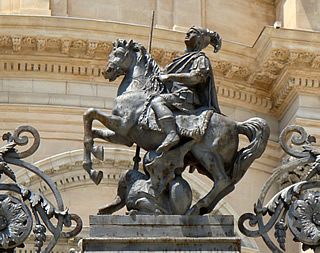
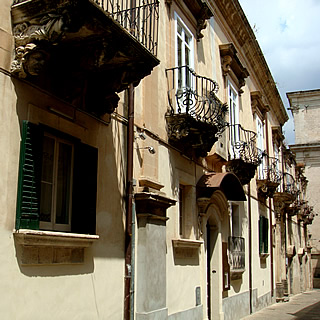
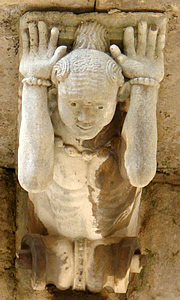
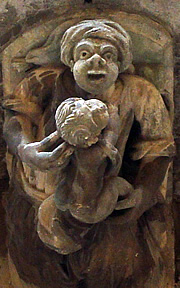
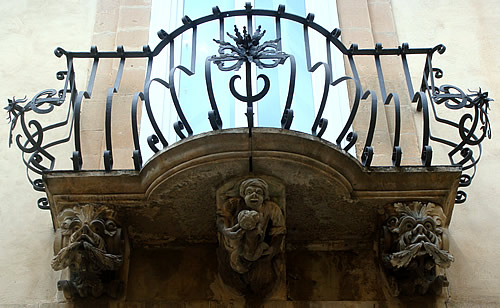

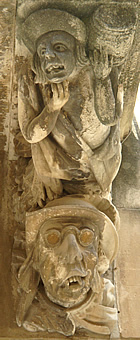
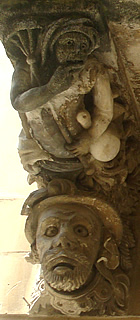
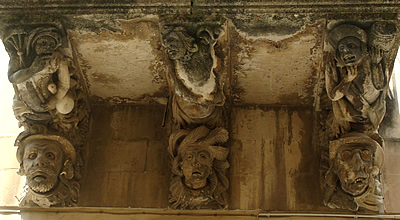
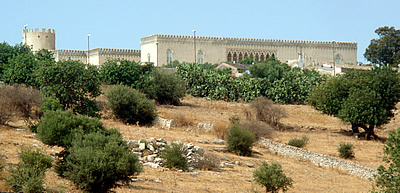
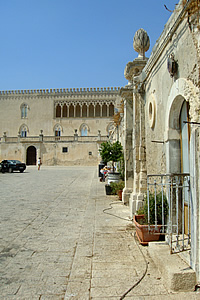
About 15km south west of Ragusa this beautiful palazzo stands on a ridge overlooking the arid countryside. The front facade is distinctly Venetian in style.
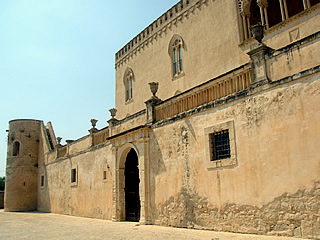
Much of the current architecture dates from the nineteenth century, built on the original thirteenth century tower and seventeenth century mansion. Legend has it that Bianca di Navarra was imprisoned here by the wicked (obviousy) Count Bernardo Cabrera.
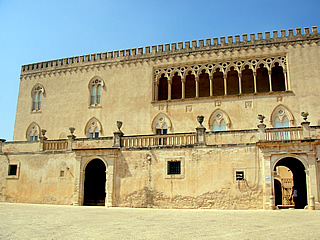
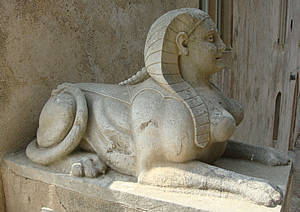
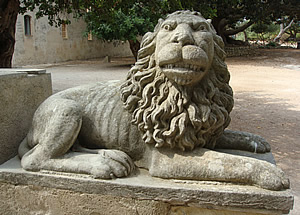
Inside it is fussy and full of stuffed furniture and, for some reason, no photography is allowed. Outside the castle is surrounded by large shady gardens, though one section of lavender bushes was infested with millions of fies!
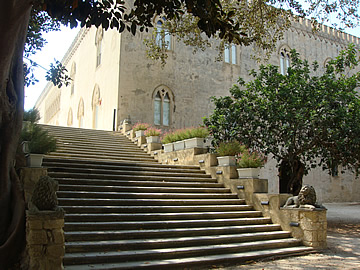
This, in the Montalbano series, is the home of Don Balduccio Sinagra.
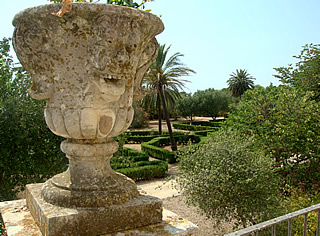
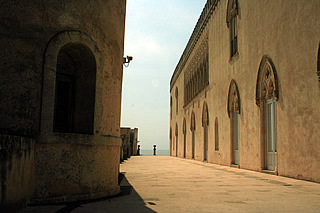
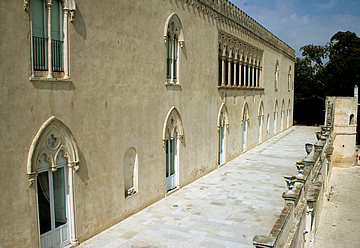
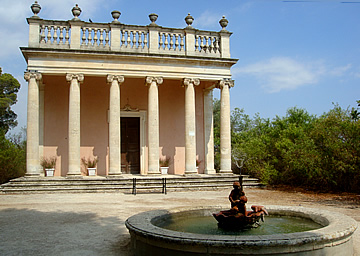
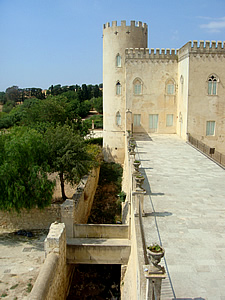
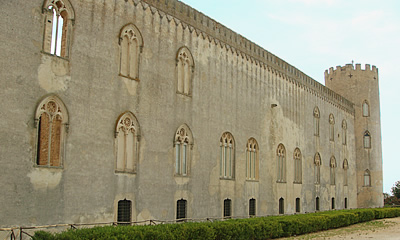
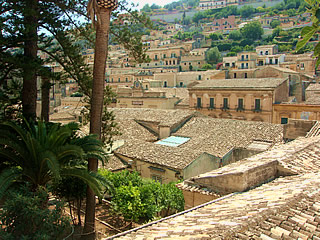
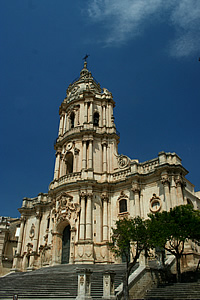
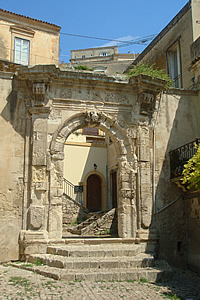
Less than 10 km south of Ragusa Modica sprawls down the side of a gorge. Modica Alta perched on the edge, Modica Bassa in the valley below.
It is a steep climb to the Duomo San Giorgio in Modica Alta. The baroque church is dedicated to the patron saint of the upper town and stands at the top of 250 steps.
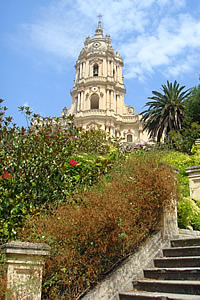
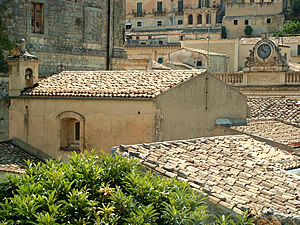
In the lower town the Chiesa di San Pietro is dedicated to its patron saint and is rather more interesting with many statues of saints flanking its more modest flight of steps.
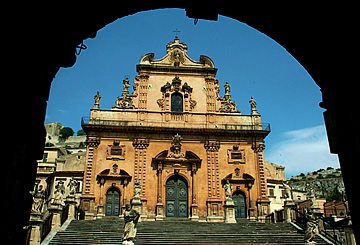
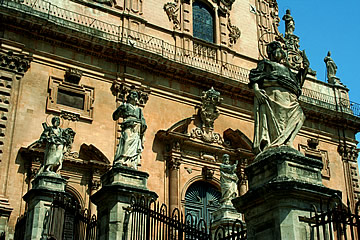
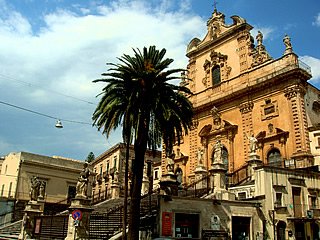
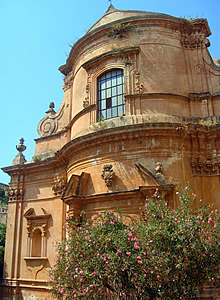
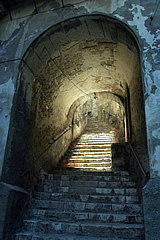
Climbing between the two churches we passed the Jesuit church of Santa Maria del Soccorso, one of the earliest churches of the architect Rosario Gagliardi who was also responsible for the duomo here and much of the baroque architecture in Noto.
It looks a little neglected, perhaps no longer in use.
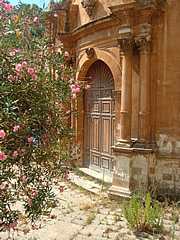
We had a terrific lunch in Noto at La Bottega Gourmet - great pannini and burgers! A short thunderstorm relieved the atmosphere for about half an hour before the heat built up again.
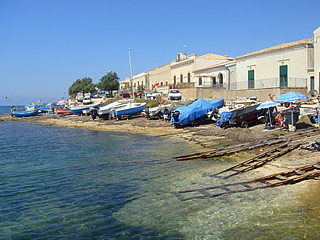
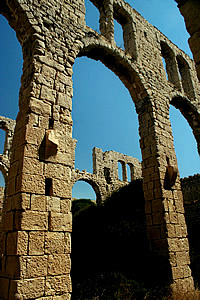
We'd seen this intriguing ruin in more than one of the Montalbano episodes so decided to seek it out. On the coast south of Modica it is, in fact, a 1912 brick factory which was destroyed by fire only a dozen years later.1
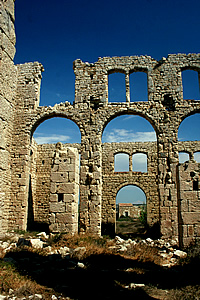
Not being sure where it was we first headed for Sampieri where, on the shore, we could see the ruin on a headland to the east.
It is quite cathedral-like but sadly in rather squalid surroundings with rubbish strewn on the beach in front of it, though bathers didn't seem bothered.
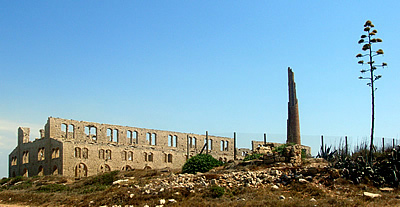

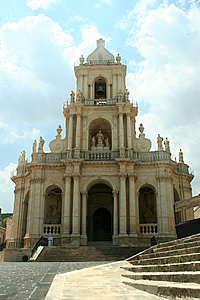
We only really stopped here to try to find some lunch and weren't very successful. But we did happen to park near the baroque basilica of St Paul and so, for completeness, a bit about it is included here. It was built between 1720 and 1730, after the 1693 earthquake, and has an unusual facade which wraps around building.
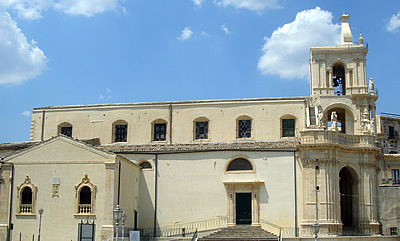
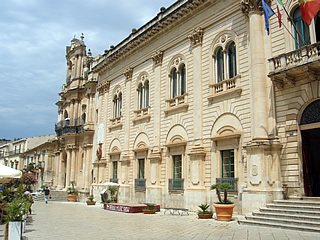
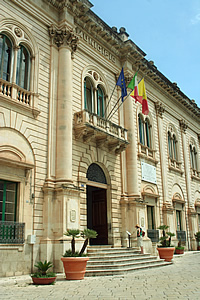
Scicli was a destination more as the location of the Montalbano police station but it is also one of the UNESCO-listed baroque towns. The police station is actually the town hall and you can visit Montalbano's office if you wish.
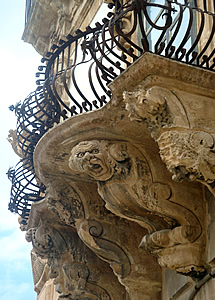
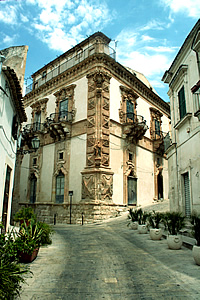
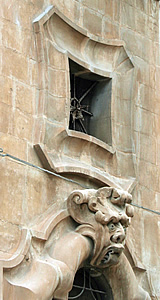
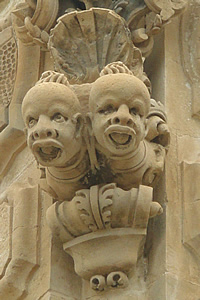
We also stumbled acroos some wonderful grotesques here at the Palazzo Beneventano.
